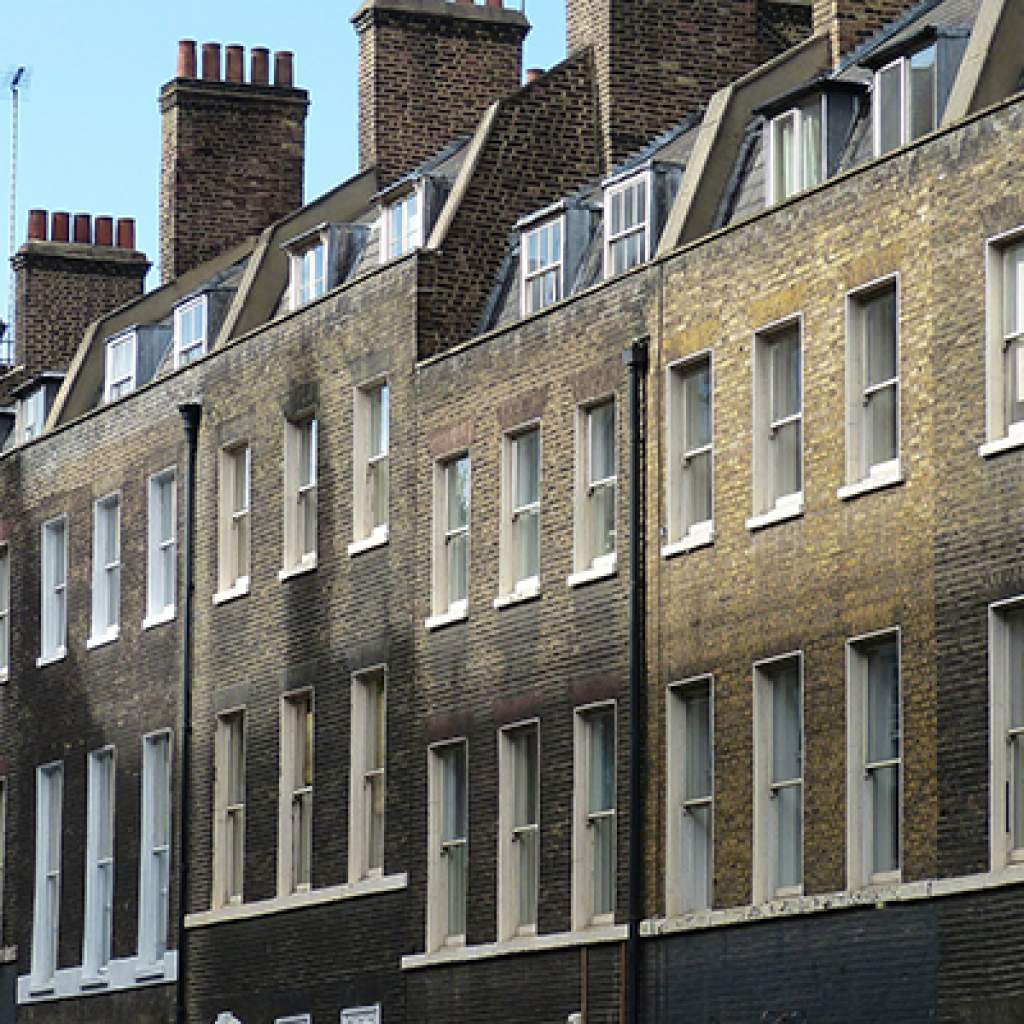In our last blog we defined subsidence and looked at the extent of the issue in the UK (average number of properties affected by flood in the UK annually is the same for subsidence).
So what will be the effect of all the rain we have seen — surely subsidence is caused by dry weather?! Well, it is correct that the main cause is clay soil shrinkage from dry weather; however it is a little more complicated than that (as most things are).
We need to have a look at soil types to illustrate the potential effects of water. In simple terms there are two types — cohesive soils (such as clay and silt in which water can be absorbed or expelled leading to the soil either shrinking or swelling) and non-cohesive (such as sand and gravel are susceptible for the fine particles in their composition to be washed away).
Leaking drains and pipes are the second highest cause of house subsidence accounting for about 15-20% of subsidence incidents — and so an increase in water flowing through them will obviously have a higher impact. (Have you had the drainage checked?). There are two ways in which a leaking drain or water main can cause subsidence:
– Softening the ground and therefore its load bearing capacity, resulting in the downward movement of the foundations;
– Washing away fine particles in a non-cohesive soil causing erosion / voiding.
A key note here is whether the property actually has a mains drainage system or simply uses a soakaway (a pit, typically filled with hard core into which rainwater is piped so that it slowly drains into the surrounding soil). If the soakaway is not of the correct distance from the property (5 m is generally considered to be acceptable), or of inadequate construction or excavated within the water table, then the rainwater will not be effectively discharged away from the house. Clearly any chance of water migrating towards the house foundation is a potential risk and we would therefore advise that after a period of excessive rainfall the performance of soakaways should be visually assessed (i.e. waterlogged ground, water backing up through gullies).
Cost Saving tip -On a separate note if your rainwater does not get discharged into the main sewer then you may be applicable for a water bill rebate — please let us know if you want more details.
So all the water we’ve had can cause subsidence and the first step is to understand the subsidence risk and the state of the property drainage system, particularly if purchasing a new property. It is important that such risks are taken into consideration as early in the process as possible, so the risk (or associated costs of risk management and repair) is realised from the outset.
Visit www.subsidencesupport.co.uk for more guidance and advice on Subsidence. Andy Lucas
Managing Director at Property Assure Ltd




















